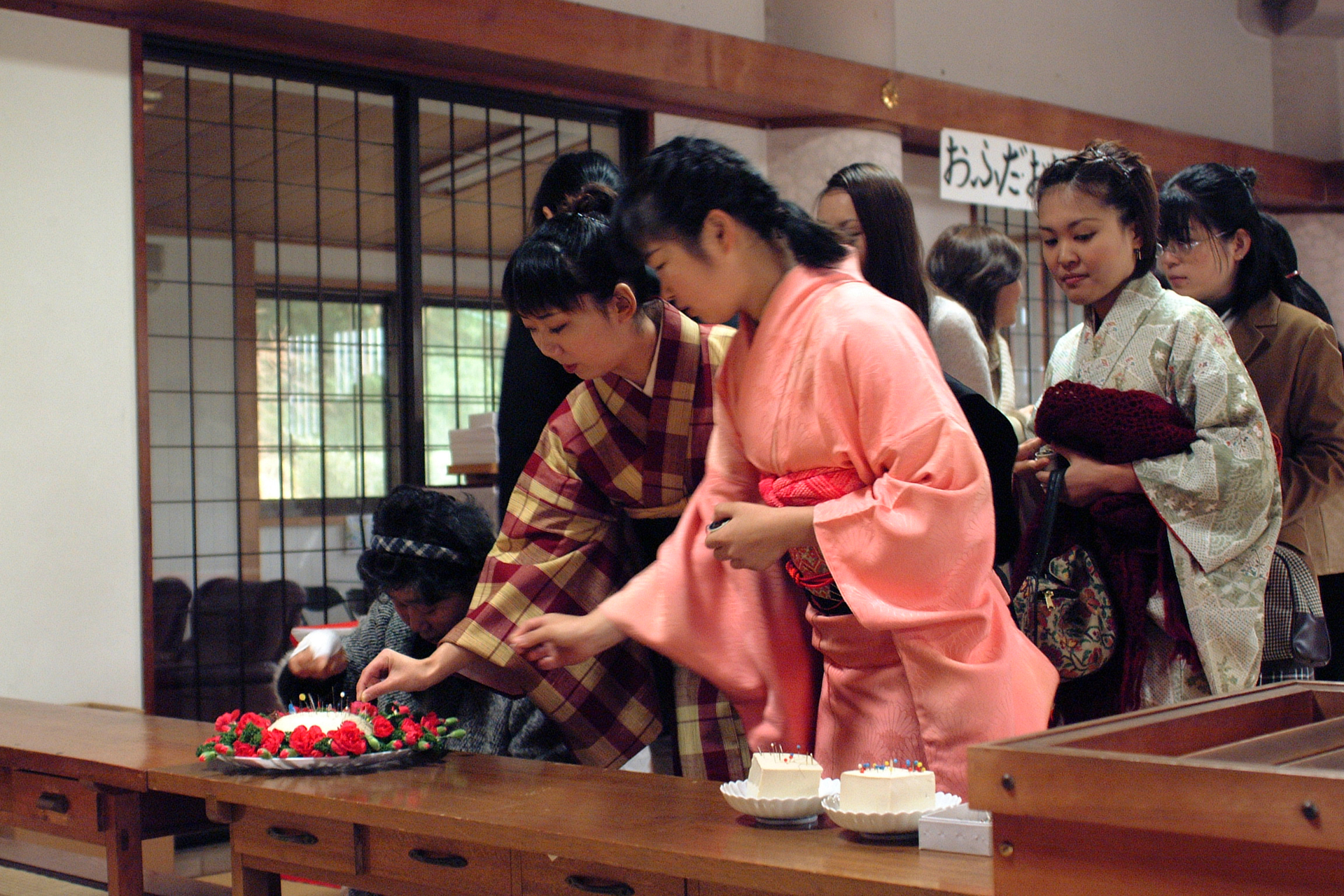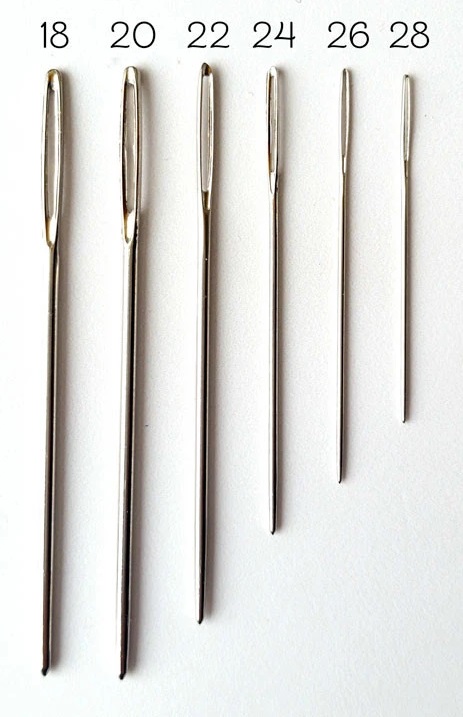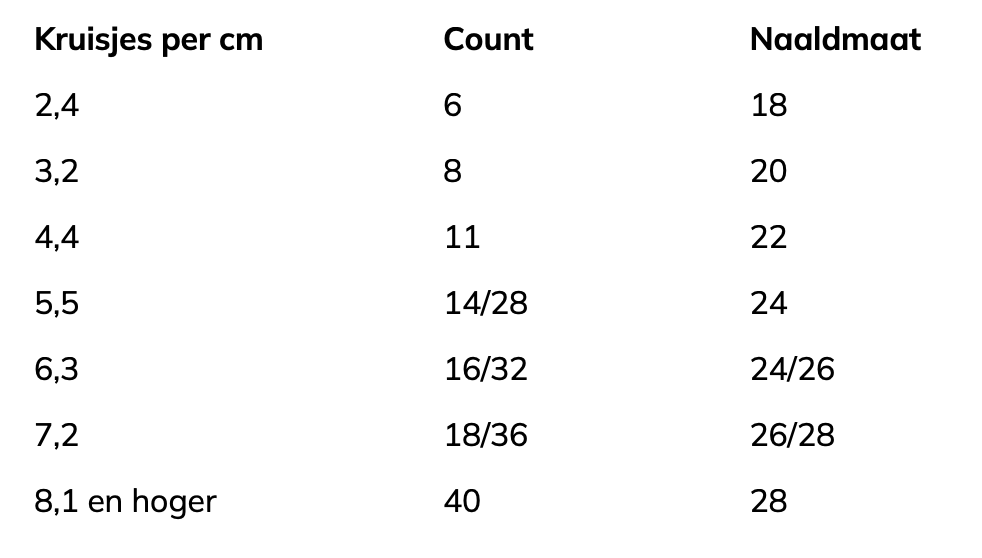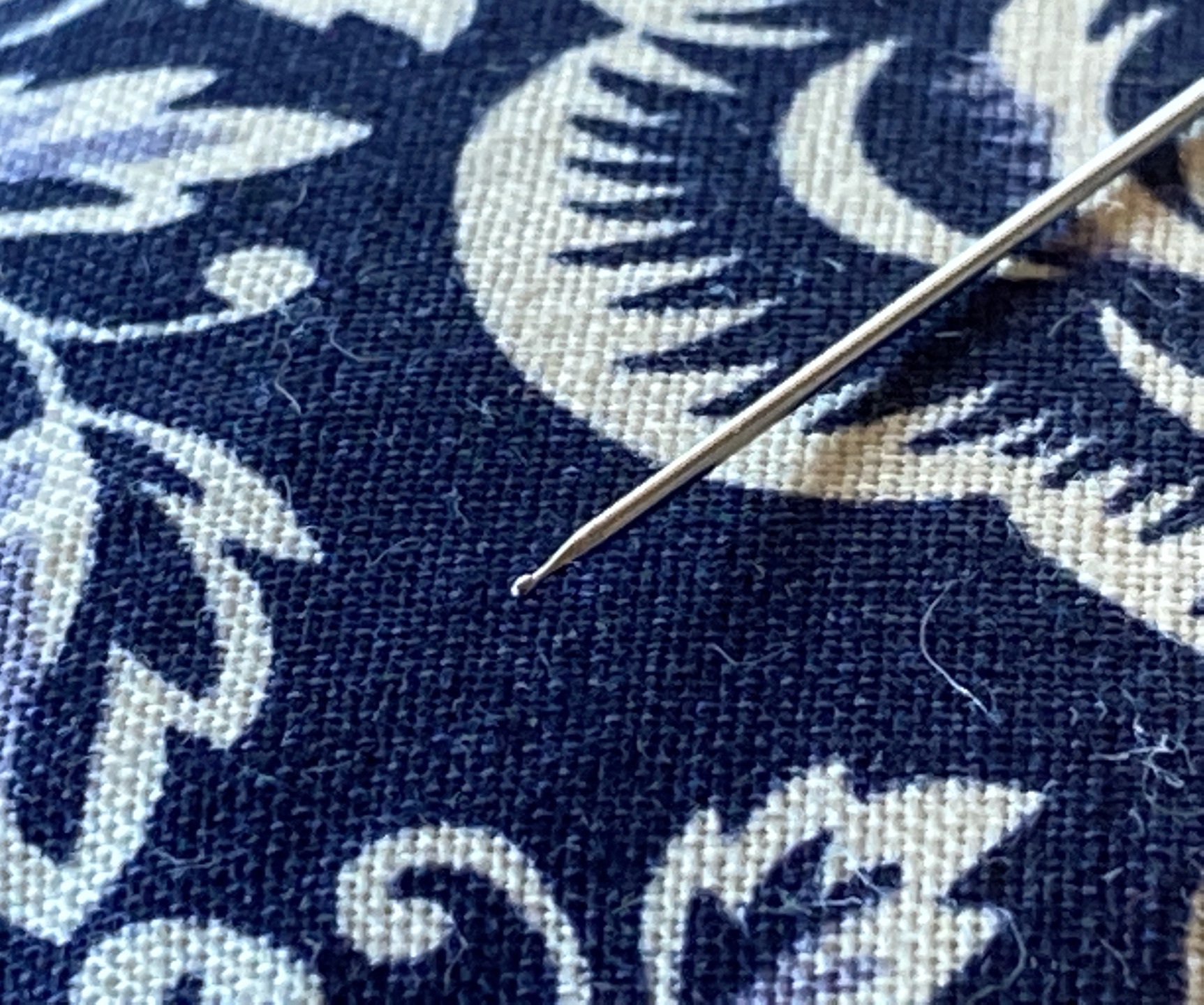- Home /
- All about embroidery needles
All about embroidery needles

The most important tool to be able to embroider is really a NEEDLE, hence this article in which I tell you more about different types of needles.
Needles have been used since prehistoric times. These were made of bone or fish bones. Needles made it possible for people from warm areas where they could survive without clothing to settle in the cooler areas where clothing was required.
(Source: Wikipedia)
Later needles were made of bronze, and later still of iron. Needles of wood are also known from ancient Egypt, which have been preserved in that dry climate. A needle made of metal is easy to make by heating a hot wire of metal and folding it in half so that an eye is left open at one end and forging the double wire together. In 1615 the first needle made of steel was made.
Nowadays needles are always made of steel with a layer of nickel on the outside. In some cases, the nickel layer has been replaced by gold (gold plated). These needles are very suitable for people with nickel allergies.
HARI-KUYO
Every year in Japan “HARI-KUYO” - the festival of the broken needles - takes place. During this ceremony in Buddhist temples, worn and broken needles from the past year are collected and taken to their final resting place. By showing respect and offering prayers, it is hoped that the power and energy of the needle will go to the owner and make them a better seamstress or embroiderer.
(source: By 豊瀬源一 - Own work, CC BY-SA 3.0,)

EMBROIDERY NEEDLES
Nowadays there are many different types and sizes of needles for all kinds of applications, but I will limit myself to the embroidery needles.
Embroidery needles have a slightly larger eye because you embroider with thicker threads of floss and they are available with a sharp or blunt point. The needles with a sharp point (Embroidery or Chenille needles) are used for, among other things, free embroidery on tightly woven fabrics. For cross stitch embroidery, a needle with a blunt point is used (Tapestry needles). Because of the blunt tip you don't pierce your fabric so quickly.
There is also a lot of difference in the quality of the needles. I seem to have a lot of "acid" in my skin, which causes some needles to turn black and stiff very quickly. That's why I swear by Piecemakers needles. I don't know what's different about that, but I can use one needle for years without it oxidizing.

Blunt embroidery needles are available in sizes 18 to 24. But which size do you use for which fabric?

If in doubt, preferably choose the thicker size. Your needle makes room in your fabric, so your thread wears out less.
BALL NEEDLES
For a few years now I have been completely devoted to the “ball needles”. Ball needles are actually weaving needles and are even available up to 16 cm in length. Someone has discovered that you can also embroider with the weaving needles, but only the smallest sizes are suitable for this.
At Soed idea we have the ball needles of 34, 37 and 40 mm length. Sizes 34 and 37 are equally thick and suitable for the finest fabrics, size 40 is a bit thicker and therefore perfect for coarser fabrics. I always embroider with size 34.
But why are the ball needles so great? There is a very small ball on the tip and during embroidery the ball almost automatically “grabs” the hole of your fabric. This means you're less likely to pierce through the weave of your fabric and your stitches will be more even. Even pulling out is easier if you embroider with a ball needle.
The ball needles are also very nice for threading and darning. After all, they are not "weaving needles" for nothing.

Even more information about other needles can be found here.
Bolletjes-naalden.. Vanaf het allereerste begin, dat deze werden aangeboden, zijn ze "met stip " m'n favoriete borduurnaalden. 🙂
Ik ben er niet zo weg van. Ik borduur het liefst met naald 22 zonder punt en op iets fijnere stof naald 24. Het grote oog maakt het insteken van de draad heel gemakkelijk, zodat ik alle tijd aan het borduren zelf kan besteden, in plaats van onnodig werk erom heen. Geertje Westra
De bolletjes naald is heel fijn om mee te borduren. Zeker voor fijn linnen. Ik gebruik de bolletjes naald sinds een jaar en zou niet anders meer willen. Echt top!! Ga zeker weer bestellen. Dan kan ik een andere beduurster er mee te verrassen en op dit idee brengen!!!!
De bolletjes naald niet meer weg te denken.... Gebruik deze al heel lang, geschikt voor aida, linnen en evenwave.... Ik zeg JA tegen deze naald...
Ik gebruik ook de bolletjes naalden, en voor afhechten een borduurnaald 24 of 26 met punt.
Ik gebruik de bolletjesnaald ook al weer een tijdje en zou niet anders meer willen. Nr. 34 is mijn favouriet.
@Berna, ik heb daar geen ervaring mee.... Misschien borduur je te hard? ;)
Ik gebruik de bolletjesnaalden alleen lang vind ze super fijn
Ik gebruik ook de bolletjesnaalden. Enige nadeel vind ik dat het buitenste laagje verdwijnt. Ik hou dan een koperkleurige, plakkerige naald over. Hoe kan dat?
Ik gebruik al jaren bolletjesnaalden om te borduren en dan gaat het borduren precies van alleen!Uithalen en aanhechten met een bolletjesnaald is wat moeilijker, maar dan denk : moeilijk gaat ook.
Ik gebruik ook veel de bolletjesnaalden. Erg handig in gebruik, behalve voor het aan- en afhechten, want het is moeilijk om onder het garen door te komen.

Bonjour, Brodeuse depuis mon enfance, je persiste dans cet art qui est avant tout une passion pour moi. Merci pour votre article, il sera certainement utile à certaines notamment aux débutantes. Je suis surprise qu'il faille préciser quelle aiguille utiliser pour broder, chez moi, c'est juste de l'instinct et quand une aiguille ne me va pas, (trop grosse ou trop fine), j'en change automatiquement. Bonne journée à vous ! marie du 86 France